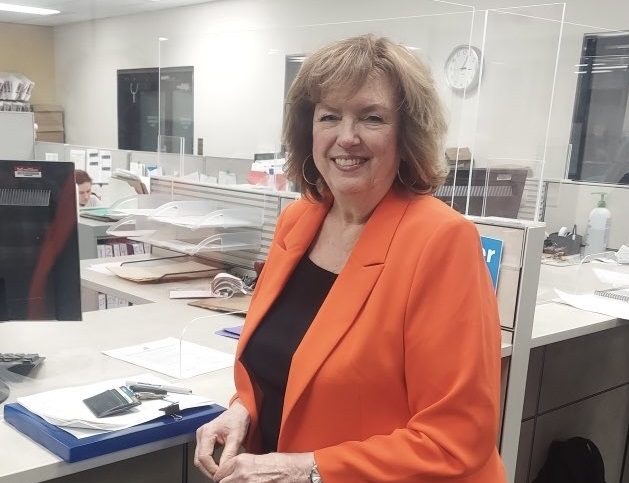Indoor dining returns to Ontario’s 3 COVID-19 hotspots Saturday; Nov. 14 for Toronto
Posted November 3, 2020 1:10 pm.
Last Updated November 3, 2020 2:20 pm.
The Ford government has unveiled a new colour-coded, tiered system for imposing and lifting COVID-19 restrictions in Ontario, and under the new framework, indoor dining will soon return to bars and restaurants in the province’s four hotspots.
The five levels of the COVID-19 Response Framework, which applies to sector-specific cases, are:
- Prevent – green (standard measures)
- Protect – yellow (strengthened measures)
- Restrict – orange (intermediate measures)
- Control – red (stringent measures)
- Lockdown – grey (maximum measures)
BREAKING: Ford gov adopting new "tiered" #Covid19 approach. Instead of Stage 1,2,3 it will be colour coded. Green=Prevent (lowest level or restrictions) Yellow=Protect (strengthened restrictions. Orange=restrict (more) Red=Control(modified stage 2) Grey=Lockdown
— Cynthia Mulligan (@CityCynthia) November 3, 2020
Premier Doug Ford said Ottawa, Peel Region and York Region will be able to move into the ‘restrict’ (orange) level as of Saturday. Toronto will follow a week later on Nov. 14.
Under the first three levels that includes the ‘restrict’ tier, indoor dining at bars and restaurants will be permitted in hotspots, and gyms and cinemas will be able to operate, but with restrictions.
For example, the ‘restrict’ level would impose the following for restaurants and bars, and other food and drink establishments:
- Indoor capacity of 50 people and four people will be allowed to sit together
- Closure of strip clubs
- Establishments to close at 10 p.m.
- Liquor sold or served only between 9 a.m. to 9 p.m.
- No consumption of liquor between 10 p.m. and 9 a.m.
- Screening patrons
NEW: Premier Ford says as of Saturday Ottawa, Peel and York Region will move into restrict level. Toronto will follow a week later as per a request from Mayor John Tory. #covid19
— Cynthia Mulligan (@CityCynthia) November 3, 2020
The province said the goal is to have every public health unit region in the “prevent” level.
“I’m always number one prevention … this gives us a tool to react,” Ford said. “This will help us put procedures and protocols in place.”
“I think the whole world is going to live with this for while. Most importantly we are going to work with the regions instead of a blanket approach. You gotta look at the social aspect of people’s lives.”
This latest framework comes on a day where the province recorded its highest-ever COVID-19 case count of 1,050.
The province said some of the aims of the new framework are to avoid the potential for more serious outbreaks, to keep vulnerable populations safe and to keep schools open. However, the levels in the framework don’t specifically mention restrictions to schools.
Ontario’s Chief Medical Officer of Health Dr. David Williams said schools are in a different area in regards to protocols and safety measures already being made, which is why they’re not included. He explained that based on their investigations, children bring COVID-19 to schools and don’t get the virus from schools, which is why preventing that in the first place is a top priority.
“If we do a better job at protecting and keeping ourselves protected from COVID our children won’t get COVID. They won’t bring it to the school. Less chance of schools being investigated and being closed. The better we drive down these numbers the less risk there are for these vulnerable populations and keep them open.”
The province hopes to increase testing capacity to 100,000 per day by December and keep test positivity under three per cent. It also wants 90 per cent of the cases followed up within 24 hours. Ontario only conducted around 25,300 tests on Monday.
Each tier has indicators for epidemiology, health system capacity and public health system capacity. For example, under ‘prevent’ level as an example, the weekly incidence rate has to be less than 10 per 100,000 with a per cent positivity rate of less than one per cent. There has to be adequate space for ICU and hospitalizations and contact management has to be done within 24 hours.
The new plan replaces the previous one of stages 1, 2 and 3.
covidresponseframework-november3 by CityNewsToronto on Scribd










